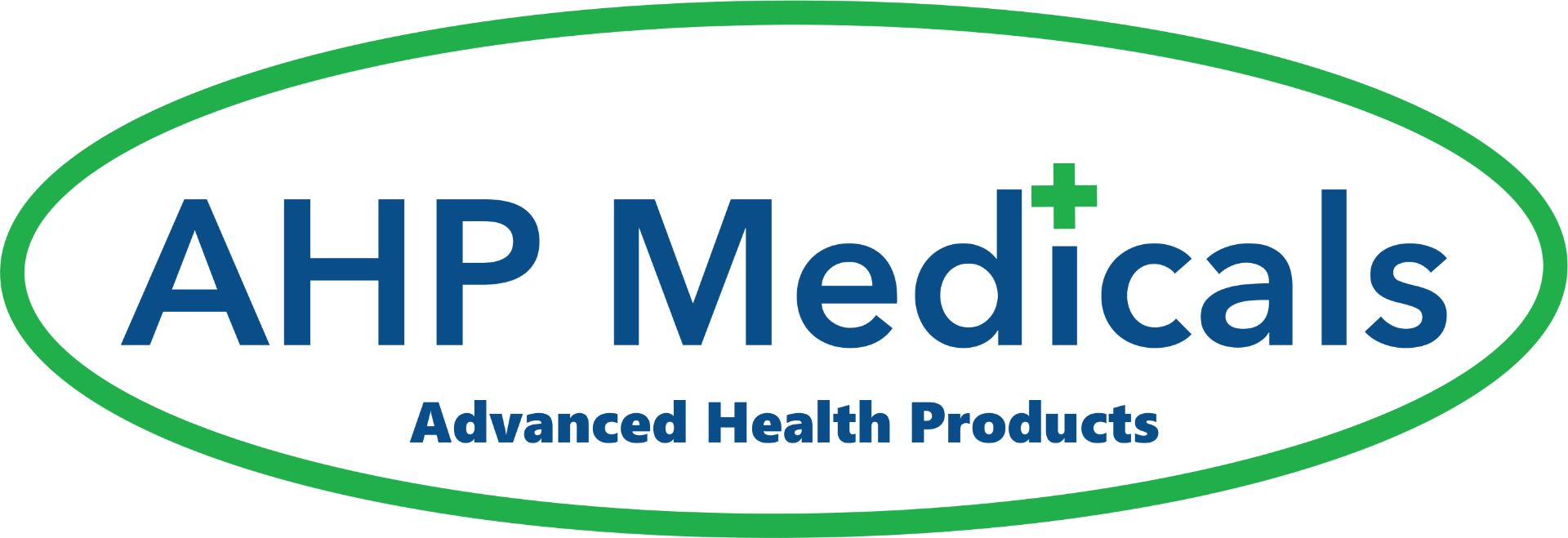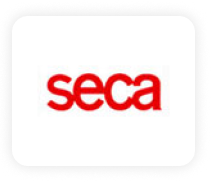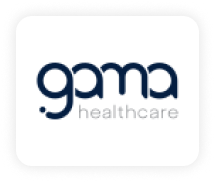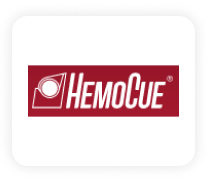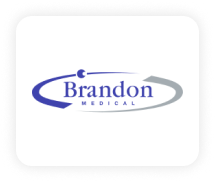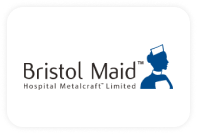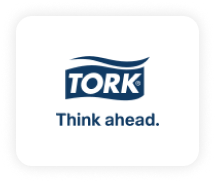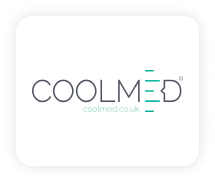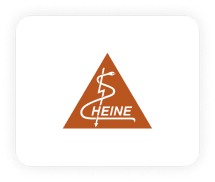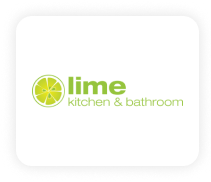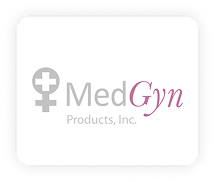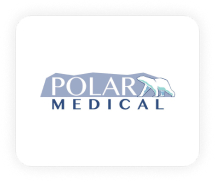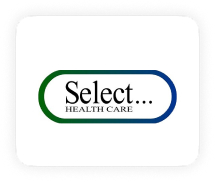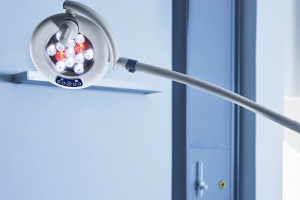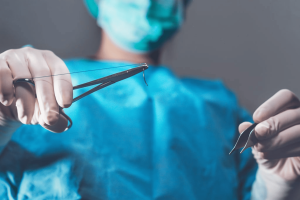How to Sterilize Medical Equipment - Cleaning, Disinfection, and Sterilization 101

Sterilizing medical equipment is a vital element of modern medical care since patients come in contact with surgical tools, syringes and bandages all the time. To ensure the medical safety of your patients, medical practitioners and the environment, you must use medical equipment safely — this includes keeping them clean and sterilized. Thorough and effective cleaning of these important equipment pieces is necessary to avoid the possibility of disease spreading from patient to patient.
How do you have to clean medical devices? And why is that process so complicated? It boils down to a few questions:
- Why do you need to sterilize or disinfect medical equipment?
- What determines how clean a medical device needs to be?
- Who should clean these devices? And When?
- Where are medical devices found?
- How do you design medical equipment for sterilization?
Medical devices are used in high-risk environments. Some devices are exposed to infectious pathogens, or directly to patients’ bloodstream and each device requires a different amount of sterilization and disinfection.

How does one Sterilize Medical Equipment?
A few processes need to be followed in order to rid medical equipment of germs. The steps are as follows:
- Cleaning: Before high level sterilization or any form of disinfection the surfaces of the medical equipment like Medical Refrigerators, Seca, Medical Trolley etc need to be cleaned using detergent and water.
- Disinfection: Post cleaning one needs to get rid of the non-spore forming bacteria using liquid chemicals.
- Sterilization: After cleaning and disinfecting, several approaches of sterilization can be used on surgical instruments to kill microorganisms and eradicate transmissible agents that cause diseases.
The level of sterilization or disinfection is dependent on how you intend to use the objects. Whether equipment requires high-level sterilization, low-level disinfection or high-level disinfection depends on where it falls in these three categories:
- Critical objects: An example includes surgical instruments that come in contact with sterile tissue.
- Semi-critical objects: An example includes endoscopes that come in contact with mucous membranes.
- Noncritical objects: An example includes stethoscopes that come in contact with only intact skin.
You must consider the benefits and disadvantages of specific techniques when choosing a sterilization or disinfection process. When you adhere to these recommendations, you should improve sterilization and disinfection practices in hospitals and other healthcare facilities, thereby decreasing infections linked with contaminated patient-care objects.
Why do you need to Sterilize or Disinfect Medical Equipment?
Health care environments are places where harmful pathogens, germs, and bacteria live and spread. It is crucial that the proper protocol is in place to sterilize and/or disinfect medical devices before and after use.
Cleaning medical devices and equipment protects patients and caregivers by ensuring that harmful material is stopped in its path before it can spread. Alongside the cleaning protocols outlined in this article, caregivers must also follow OSHA and CDC best practices for keeping the spread of pathogens to a minimum.
“Best practice” mandates wearing appropriate PPE, such as rubber gloves, gowns, face shields, splash shields, and shoe covers. Caregivers also receive training in the form of an exposure control plan, or based on standards such as the “OSHA blood spill procedure” or the “Needlestick Procedure”. These give guidelines for cleaning up after any amount of exposure to bodily fluids (blood, saliva, etc.) that may contain infectious material or fluids that came from a person who is infected.
Benefits of Sterilizing Medical Equipment
With invasive procedures, there's contact between a patient's mucous membranes or sterile tissue and a surgical instrument or medical device. A significant risk of these types of procedures is introducing pathogenic microbes, potentially resulting in infection. When you don't properly disinfect or sterilize medical equipment, it increases the risk of infection due to the breach of host barriers.
For both hospital staff and patients alike, germs need to be destroyed to reduce the spread of infections. A prime example of this is fighting against healthcare-associated infections (HAIs), which are infections hospital patients get due to their hospital stay. Surgical instruments, contaminated equipment or improper staff hygiene can cause HAIs.
Some Benefits of Sterilizing Medical Equipment include:
- It eliminates pus, blood, foreign particles and dirt left behind that could lead to dangerous complications for the next patient requiring surgery where the medical practitioner uses the instrument.
- It decreases bioburden -- the number of non-sterilized bacteria living on a surface.
- It prevents the corrosion of expensive and highly precise tools that have delicate pivots and hinges.
- It removes the breeding ground for the surviving germs.
- It ensures the safe transport of equipment needing to be packed and assembled for sterilization or disinfection.
Sterilization and disinfection, when properly used, can ensure the safe use of non-invasive and invasive medical devices.
 Offers
Offers
